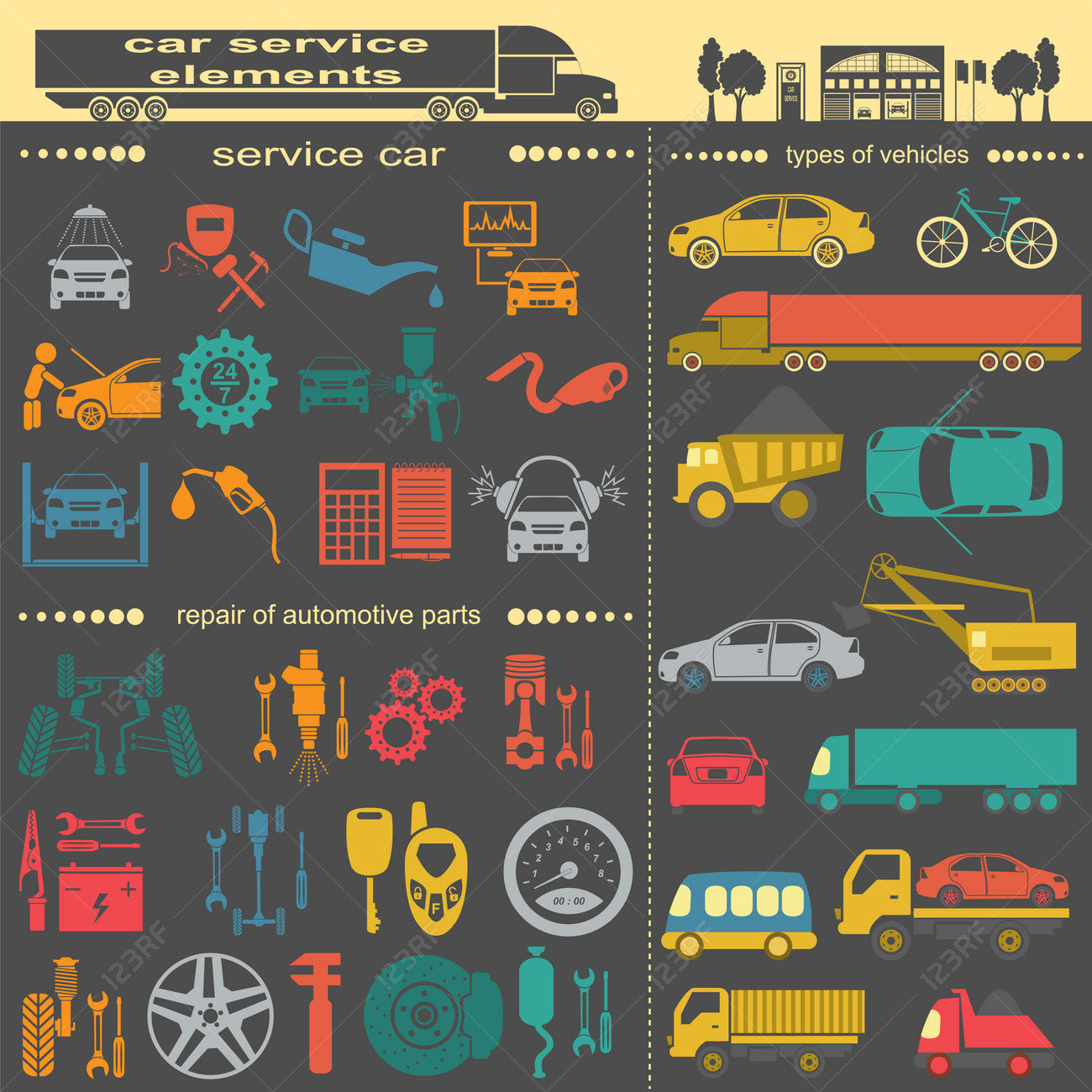Uncover The Meanings Behind The Control Panel Caution Lights In Your Vehicle To Guard The Health And Safety Of Your Automobile
Uncover The Meanings Behind The Control Panel Caution Lights In Your Vehicle To Guard The Health And Safety Of Your Automobile
Blog Article
Authored By-Cummings Conradsen
When you're behind the wheel, those radiant caution lights on your dashboard can be a bit puzzling. Do you understand what they're attempting to tell you about your auto's health? Recognizing the relevance of these lights is important for your security and the longevity of your vehicle. So, the next time one of those lights turns up, wouldn't you intend to decode its message precisely and take the needed actions to address it?
Common Warning Lights and Interpretations
Determine common caution lights in your automobile and understand their significances to guarantee secure driving.
The most regular warning lights include the check engine light, which signifies problems with the engine or exhausts system. If this light begins, it's important to have your lorry inspected immediately.
The oil stress cautioning light suggests reduced oil pressure, calling for instant interest to avoid engine damage.
brake repair shop blinking battery light might recommend a faulty billing system, potentially leaving you stranded otherwise addressed.
The tire stress surveillance system (TPMS) light signals you to low tire stress, impacting lorry stability and fuel effectiveness. Disregarding this can result in dangerous driving problems.
The abdominal light suggests a trouble with the anti-lock stopping system, endangering your capability to stop swiftly in emergency situations.
Lastly, the coolant temperature level warning light warns of engine getting too hot, which can result in serious damage if not resolved quickly.
Understanding these usual caution lights will aid you address issues immediately and keep secure driving conditions.
Significance of Prompt Interest
Understanding the usual caution lights in your automobile is just the very first step; the relevance of quickly resolving these cautions can not be emphasized enough to guarantee your safety and security when traveling.
When a warning light brightens on your dashboard, it's your vehicle's method of communicating a prospective problem that requires interest. Ignoring these cautions can cause a lot more serious troubles in the future, jeopardizing your safety and security and possibly costing you a lot more out of commission.
Prompt interest to cautioning lights can protect against failures and mishaps. For example, a blinking check engine light can suggest a misfire that, if left ignored, could cause damage to the catalytic converter. Addressing visit this page can conserve you from a pricey repair work.
Likewise, a brake system warning light may indicate reduced brake liquid or worn brake pads, critical elements for your safety and security when driving.
Do It Yourself Troubleshooting Tips
If you notice a warning light on your dashboard, there are a couple of DIY fixing pointers you can try prior to looking for expert aid.
The very first step is to consult your cars and truck's manual to comprehend what the details warning light suggests. Often the concern can be as basic as a loose gas cap setting off the check engine light. Tightening up the gas cap may settle the trouble.
An additional typical problem is a low battery, which can set off different advising lights. Inspecting the battery links for deterioration and guaranteeing they're secure might take care of the trouble.
If a warning light continues, you can attempt resetting it by detaching the automobile's battery for a few minutes and afterwards reconnecting it. In addition, examining your car's fluid degrees, such as oil, coolant, and brake liquid, can assist fix cautioning lights related to these systems.
Final thought
Finally, recognizing your vehicle's warning lights is crucial for maintaining your car running smoothly and safely. By immediately addressing these signals and knowing what they indicate, you can avoid expensive repair services and potential breakdowns.
Bear in mind to consult your car's handbook for specific details on each cautioning light and take action accordingly to make certain a hassle-free driving experience.
Remain notified, remain risk-free when driving!
